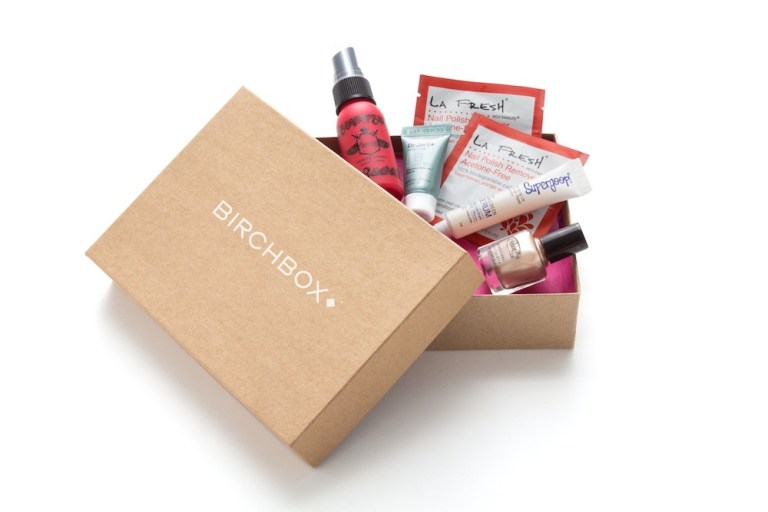Birchbox Ditches Physical Store Plans

So much for the blending of online and offline.
In a movement to conserve firepower (financial and otherwise), Birchbox, one of the landmark companies in what The Wall Street Journal termed “the subscription box craze,” is changing its go to market strategy wholeheartedly.
It seems to be a sea change based on necessity, as the firm has walked back its expansion plans amid a growing competitive landscape and also a cash crunch as venture capital firms have kept a hold on their purse strings.
Birchbox is a firm that ships boxes (hence the box model) for roughly $10 a month. Now the firm has suspended its move to open at least three stores across the United States, while also reigning in its intent to expand overseas into China, among other countries, unnamed employees told The Journal.
The belt-tightening has also bled into layoffs, as the company has let go of 50 of its 300 employees, even consolidating office space in New York. In exploring its options Birchbox has also hired JPMorgan Chase to help raise cash or find an acquirer. Thus far a deal has proven elusive, as one negotiation with Temasek Holdings, based in Singapore, fell apart.
The backdrop for all this has been a bit onerous, as private companies have been grappling with lower valuations – and the mindset of current and potential investors has been one where profits have started to matter to people who part with their cash to back young companies.
Birchbox itself, noted The Journal, has not had a funding round in two years. The last time around, a $60 million investment gave the firm a valuation implied at just under $500 million.
To that end, stated CEO Katia Beauchamp in an interview with The Journal, “There is a complete reversal. It is all about showing how you can operate this business profitably and it has forced us to completely change the way we operate; the way we spend money.”
The firm has 1 million subscribers but trails ipsy, which has 1.5 million. Sephora has also entered the box space. As competition has been heating up, Birchbox has been spending more on marketing and samples (which also cost money), which implies at least some downward pressure on margins — not to mention churn as consumers tire of one “box” and move onto others which offer new/better selections (Sephora) and a social connection with a beauty influencer (ipsy).